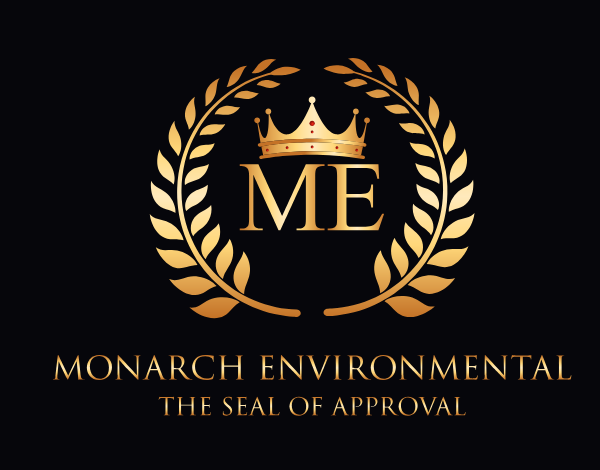Asbestos Management Survey
Asbestos Surveying

An Asbestos Management Survey is the standard asbestos survey required on any building. Its purpose is to locate, as far as reasonably practicable, the presence and extent of any suspected Asbestos Containing Materials in the building which could be damaged or disturbed during normal occupancy (including foreseeable maintenance) and to assess their condition.
Asbestos Refurbishment and Demolition Surveys
An Asbestos Management Survey is the standard Asbestos Refurbishment and Demolition Surveys locate and describe Asbestos Containing Materials in areas where intrusive maintenance and repair, refurbishment, or demolition work is set to take place. The fully intrusive survey requires access to all areas, including those that may be difficult to reach – undertaking Asbestos Refurbishment and Demolition Surveys before any refurbishment or demolition works is a strict regulatory requirement and a duty of any PCBUs with management or control of a Workplace.
Soil analysis (BRANZ) – quantification of asbestos in contaminated soil as per NZ guidelines published in 2017. Complies with the BRANZ published “NZ Guidelines for Assessing and Managing Asbestos in Soil” (2017).
Reinspection Asbestos Surveys
Over time, ACMs can degenerate or be accidentally damaged, causing the level of risk to change substantially. The New Zealand law requires that their condition be inspected regularly and records updated accordingly. Our asbestos surveyors can re-inspect premises and provide these updates to ensure compliance information is maintained and the original asbestos survey data is used effectively. Allow us to take care of all your asbestos management surveys & re-inspections. Asbestos Management Plans set out how your workplace has identified asbestos or Asbestos Containing Material will be managed.
An Asbestos Management Plan must include information about:
* The identification of asbestos and ACM (e.g., where any signs and labels are located)
* Decisions, and reasons for the decisions, about how the asbestos risks are managed (e.g., safe work procedures and control measures)
* Procedures for recording incidents or emergencies involving
asbestos in the workplace
Information about the workers carrying out work involving asbestos, including:
* Information and training that has been or will be provided)
* Their roles and responsibilities
* Any health monitoring that has been or will be conducted
